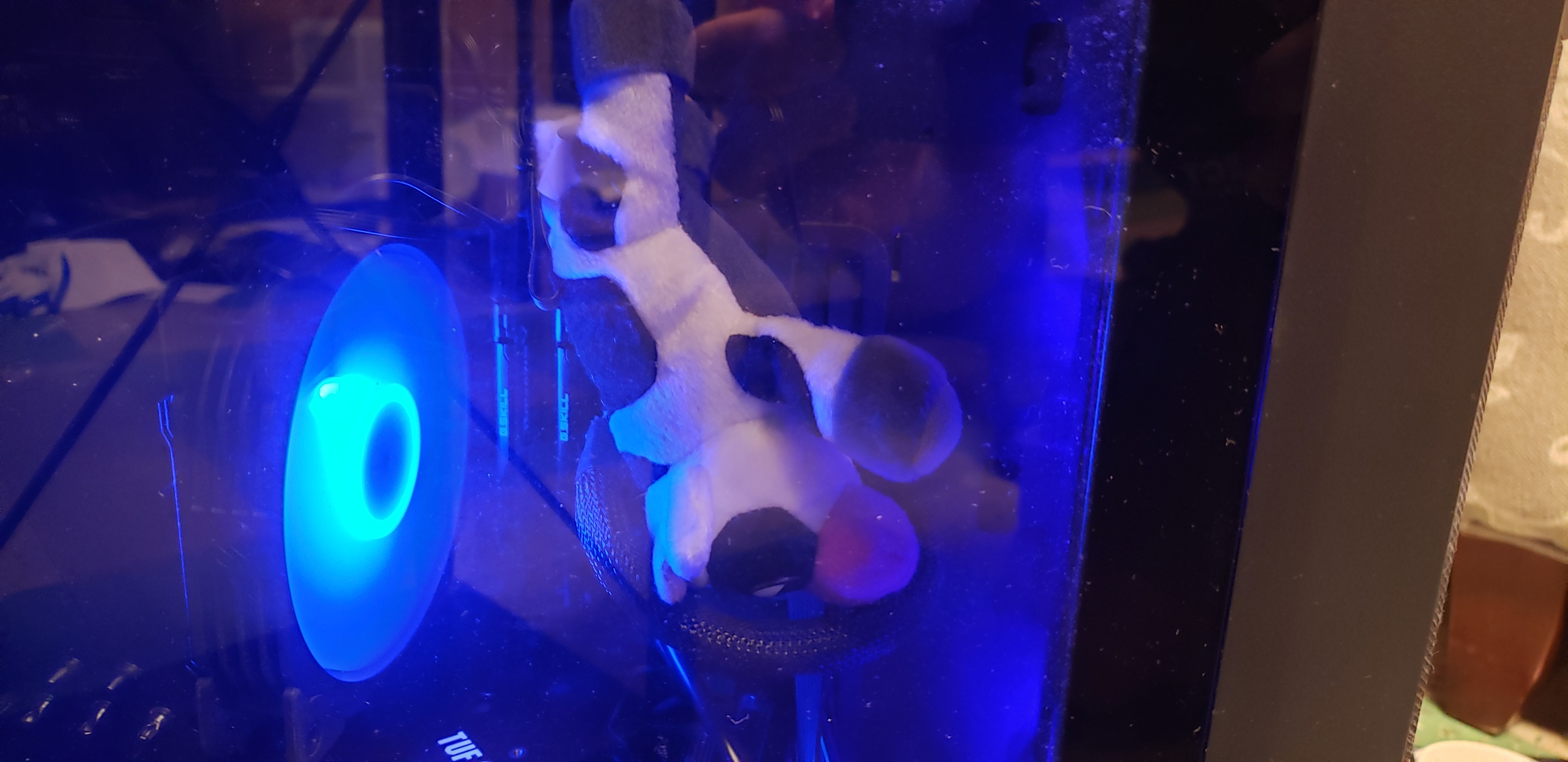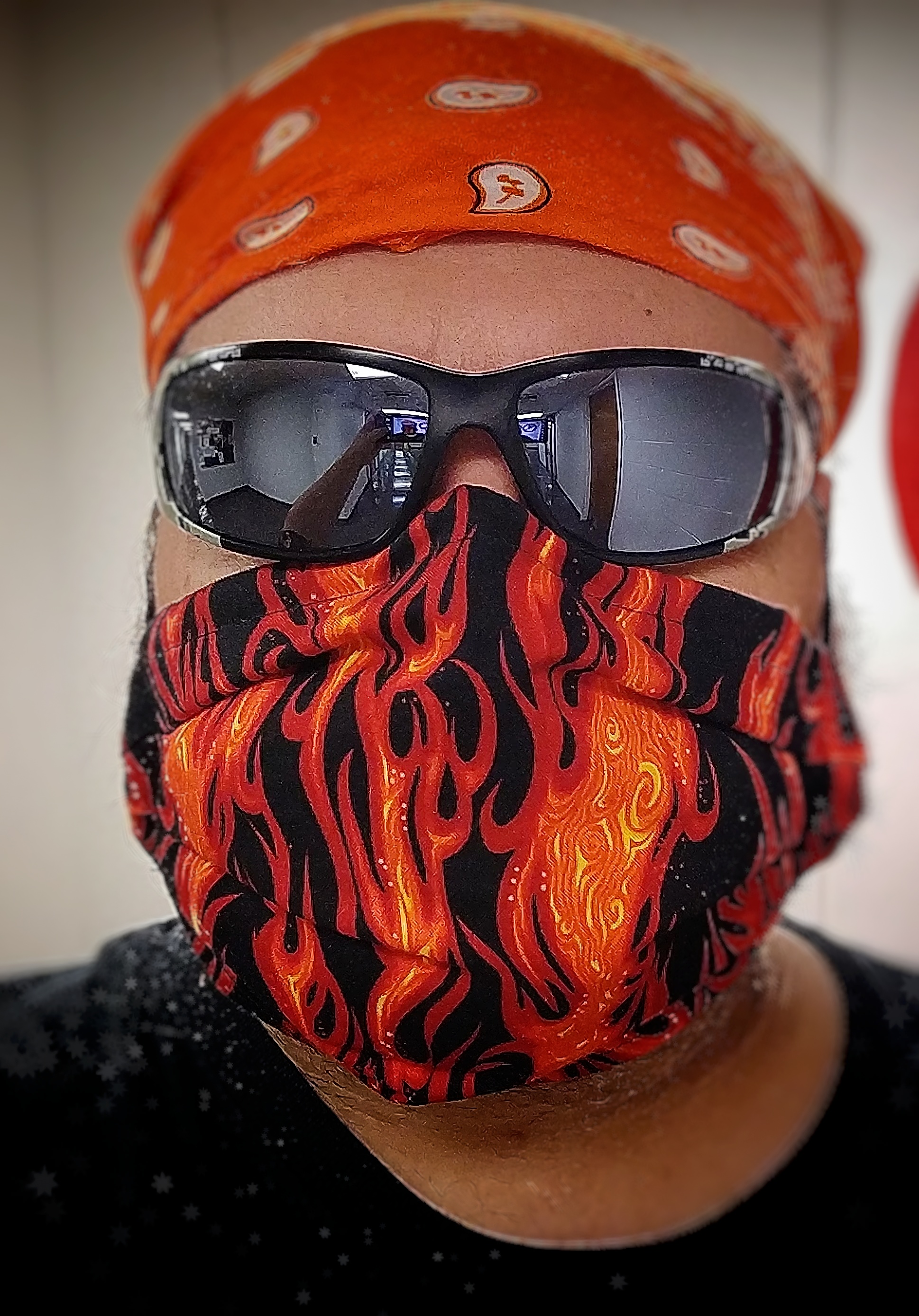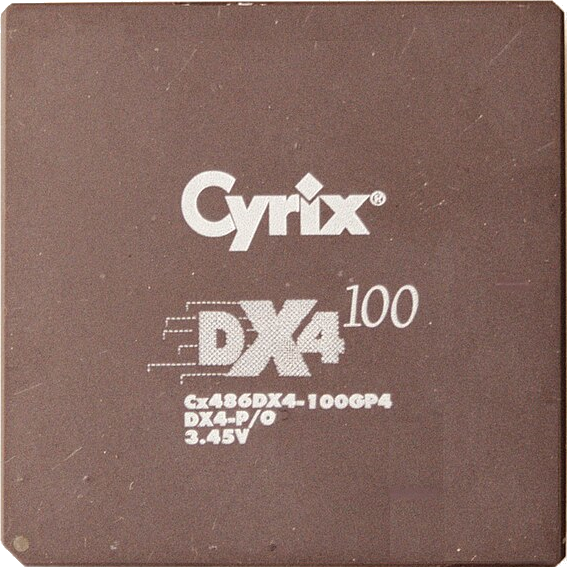I have been using no-ip for around two years to remotely access my hosted service, I mostly use their free service except for a few 5 months offers I bought.
Recently, I received a full year offer in email for 8$ (COUPON CODE: MAY8), and I was wondering whether to get that or buy a 2 years domain for the same price (FROM hostinger or namecheap).
I have never bought a doamain before and my knowledge is limited to what I mostly read here. So, per your opinion, what would be better in term of usability and security, a DDNS on the router and a port open per hosted-service? or a domain with reverse proxy?
I use porkbun for my domains, cloudflare for dns, ddclient connecting to the cloudflare api for dynamic dns, and traefik as a reverse proxy to send subdomains to their respective service.
The only part I have to pay for is the porkbun domain.
$8 for a year is a good deal, but be ready to switch when that expires.
I’m a big fan of cheap (as in ~$10/yr vps) and reverse proxy over wireguard. My home ip isn’t exposed and I’m able to quickly spin new containers up by updating my reverse proxy config and adding a wireguard peer.
I keep two VPSs- one as reverse proxy for all my miscellaneous services and another solely for email. The latter port forwards raw traffic over wireguard to my email server container. That way, even if the VPS gets compromised, my personal data remains secure.
I end up paying ~ $30/yr (+ whatever I’m paying in electricity) for domain + VPS. It’s a bit more involved than tailscale, etc, but I’m willing to put in a little extra work to make sure I’m not at the mercy of some company getting up to some rent-seeking bullshit.
Seems excessive.
What $10/yr vps are you using?
Racknerd via the coupon @ Low end box.
The full price is like $24/yr, so even if it goes up, meh.
Acronyms, initialisms, abbreviations, contractions, and other phrases which expand to something larger, that I’ve seen in this thread:
Fewer Letters More Letters DNS Domain Name Service/System HTTP Hypertext Transfer Protocol, the Web HTTPS HTTP over SSL IP Internet Protocol SSH Secure Shell for remote terminal access SSL Secure Sockets Layer, for transparent encryption TLS Transport Layer Security, supersedes SSL VPS Virtual Private Server (opposed to shared hosting) nginx Popular HTTP server
7 acronyms in this thread; the most compressed thread commented on today has 14 acronyms.
[Thread #767 for this sub, first seen 28th May 2024, 00:05] [FAQ] [Full list] [Contact] [Source code]
Getting a domain name may not be enough, if you don’t have a static IP you’ll still need a DDNS service.
What do you get for the paid no-ip service? Is it just a nice subdomain? You can get a custom domain and use a CNAME record to point one or more subdomains to a free DDNS subdomain.
What about neither and tailscale (free) on all your devices? Or are you often phoning home on outside devices?
I personally bought a domain name (namecheap) for my vps. Then I set up ddclient on my home pc to fetch my external IP every so often and update namecheap. But I didn’t feel it was secure enough. Tailscale is easier, and i feel like it adds a layer of security.
I use tailscale and it is great, i dont mind activating a vpn whenever i want to acces my services, but that is an extra weird step for my sister to access my jellyfin library. Do you use a reverse proxy? If so how many ports do you have exposed (say for 10 hosted services)?
deleted by creator
deleted by creator
I opted for dynamic dns and reverse proxy. I configured my reverse proxy to use TLS and also to require client certificates, which I install on my devices. You get so much flexibility and added consistency to your application security that I feel it is a must.
Would you please share what dynamic dns provider you use? I remember trying to set nginx pm to use my no-ip hostname (xyz.ddns.net) but I could not figure out how to link my hosted-services as subdomains (say portainer.xyz.ddns.net)
I’m using Dynu for DDNS. They support subdomains as part of their DNS. You can configure nginx to service/route requests to each subdomain differently.
Another option is subpaths: xyz.ddns.net/portainer
Just one open port, to your reverse proxy (nginx or other).
The client updating no-ip with your dynamic IP is independent of the reverse proxy software.
Another option is subpaths: xyz.ddns.net/portainer
While you can do that, you should be aware of the security implications (every application can see and modify every other application’s cookies). If at all possible, I would try to avoid this setup.
I second that. This practice comes from a time where domain names were expensive, in many ways: SNI didn’t exist/wasn’t wide-spread, so each domain name on HTTPS needed a dedicated IP, Certificates weren’t democratized yet via letsencrypt/acme and most hosts were big enough to run multiple services, because virtualization wasn’t as widely available yet. So putting apps on sub-paths made sense.
Now all of those things are basically dealt with and putting each app on its own sub-domain just makes way more sense.
i buy my domains from namecheap but i use cloudflare for name servers (free tier, dns only for everything) and have ddclient (or whatever the newest version is called now) which runs on my router. my current settings only update cloudflare when the interface changes, and then update time after the change is about 15 minutes for propagation. i work in the network department of my isp so my address doesn’t change often, but the isp side of my setup is identical to any other subscriber. i use opnsense, but also manage a very small pfsense box that this works on as well. i update ipv4 dynamically, but not ipv6 yet, but i will.






